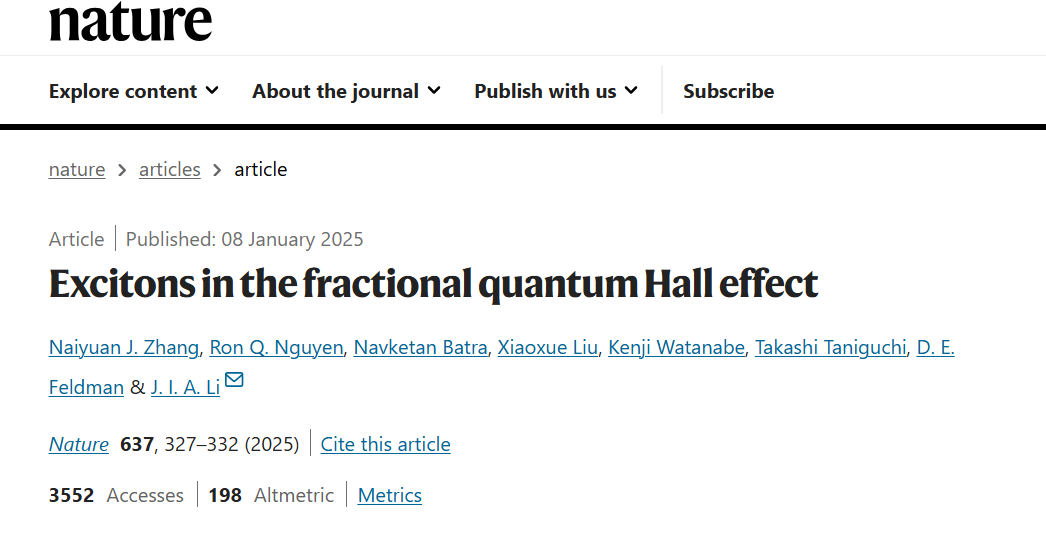forecasting 写了: 2025年 1月 17日 05:05
其实你这两个回答矛盾。上面的那个回答是一般人的想法,不确定是否能从理论里推出,实验又如何
没有矛盾。几率态是完全一样的, 观测时候是需要取样的。从量子力学角度肯定是这样的。
shot noise,
https://physics.stackexchange.com/quest ... -in-optics
There are many explanations to be found about shot noise in optics, but the answers I find are incompatible. There are three ways shot noise in optics is explained.
It is the noise purely arising form (vacuum) fluctuations of the EM-field. For example, the book of Gerry and Knight states that "In an actual experiment, the signal beam is first blocked in order to obtain the shot-noise level." I guess the number of photons you would detect in this way follows a Poissonian distribution, hence the name `shot noise'. (For context, see screenshot of relevant section below - courtesy of Google Books)
It is due to 'the particle nature of light'. Semi-classically, a low intensity laser beam will emit photons following a Poisson distribution. If the beam is incident on a photon detector, this detector will receive a fluctuating number of photons per time bin (according to the Poissonian). Thus the intensity (~number of photons per time bin) will fluctuate. These fluctuations are the `shot noise'.
A laser beam emits a coherent state |α⟩
. The probability to find n
photons upon measurement follows the poisson distribution, P(n)=|⟨n|α⟩|2=n¯n!e−n¯
with n¯=|α|2=⟨α|a†a|α⟩
the average number of photons. Thus there is shot noise in the number of photons. (Here |n⟩
is in the Fock basis but |α⟩
is in the coherent state basis.)
第一种是量子场论结果,后两种是实验局限性。
